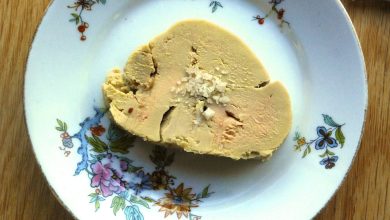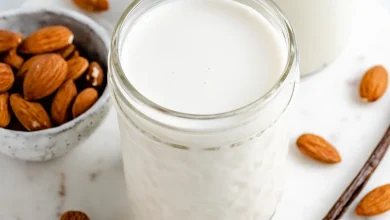Wheat Durum: A Nutritional Overview
Wheat durum, known for its robust structure, is widely used in pasta production due to its high protein content and firm texture. A vital staple in many kitchens, durum wheat is rich in several nutrients that contribute to a balanced diet. Below, we explore the nutritional composition and health benefits of this versatile grain.
Nutritional Information for Wheat Durum (per 100g):
| Nutrient | Amount |
|---|---|
| Energy | 339 kcal |
| Protein | 13.68 g |
| Fat | 2.47 g |
| Saturated Fat | 0.454 g |
| Carbohydrates | 71.13 g |
| Fiber | 0.0 g |
| Sugar | 0.0 g |
| Calcium | 34 mg |
| Iron | 3.52 mg |
| Magnesium | 144 mg |
| Phosphorus | 508 mg |
| Potassium | 431 mg |
| Sodium | 2 mg |
| Zinc | 4.16 mg |
| Copper | 0.553 mcg |
| Manganese | 3.012 mg |
| Selenium | 89.4 mcg |
| Vitamin C | 0.0 mg |
| Thiamine (B1) | 0.419 mg |
| Riboflavin (B2) | 0.121 mg |
| Niacin (B3) | 6.738 mg |
| Vitamin B6 | 0.419 mg |
| Folate (B9) | 43 mcg |
| Vitamin B12 | 0.0 mcg |
| Vitamin A | 0.0 mcg |
| Vitamin E | 0.0 mg |
| Vitamin D2 | 0.0 mcg |
Health Benefits:
-
Rich in Protein: Durum wheat is a high-protein grain, providing a significant amount of essential amino acids. This makes it an excellent choice for vegetarians and those seeking to add lean protein to their diet.
Related Articles -
Good Source of Minerals: This wheat variety is packed with essential minerals such as magnesium, phosphorus, and potassium, all of which are crucial for bone health, muscle function, and maintaining proper fluid balance.
-
Iron and Zinc: Durum wheat contributes to the body’s iron and zinc requirements, supporting healthy immune function, cellular repair, and overall metabolic processes.
-
B Vitamins: Durum wheat is rich in several B vitamins, particularly thiamine, riboflavin, niacin, and vitamin B6. These vitamins play key roles in energy production, brain function, and red blood cell formation.
-
Low in Saturated Fats: With minimal saturated fat content, durum wheat serves as a heart-healthy option, contributing to the maintenance of healthy cholesterol levels when included in a balanced diet.
Allergen Information:
Wheat durum is a form of wheat, which is a common allergen. Those with wheat allergies or gluten sensitivities should avoid products containing durum wheat. It is also unsuitable for individuals with celiac disease due to the presence of gluten.
Dietary Preferences:
- Vegetarian: Wheat durum is a plant-based ingredient and fits into vegetarian diets.
- Vegan: Suitable for vegans, as it does not contain animal-derived ingredients.
- Gluten-Free: Not recommended for gluten-free diets.
Cooking Tips & Recommendations:
Durum wheat is best known for its use in pasta, providing a firm and chewy texture. It can also be used in a variety of baked goods, from breads to couscous, making it a versatile ingredient in the kitchen. For a nutrient-packed meal, pair durum wheat pasta with a rich vegetable sauce or top with a protein source such as grilled chicken or legumes.
Conclusion:
Wheat durum is an excellent source of protein, fiber (though minimal), and essential nutrients like magnesium, phosphorus, and zinc. Whether in pasta or other dishes, it can enhance both the flavor and nutritional content of your meals. However, individuals with wheat allergies or gluten intolerance should avoid it. Incorporating durum wheat into a balanced diet can be a great way to boost energy and nourish the body.










